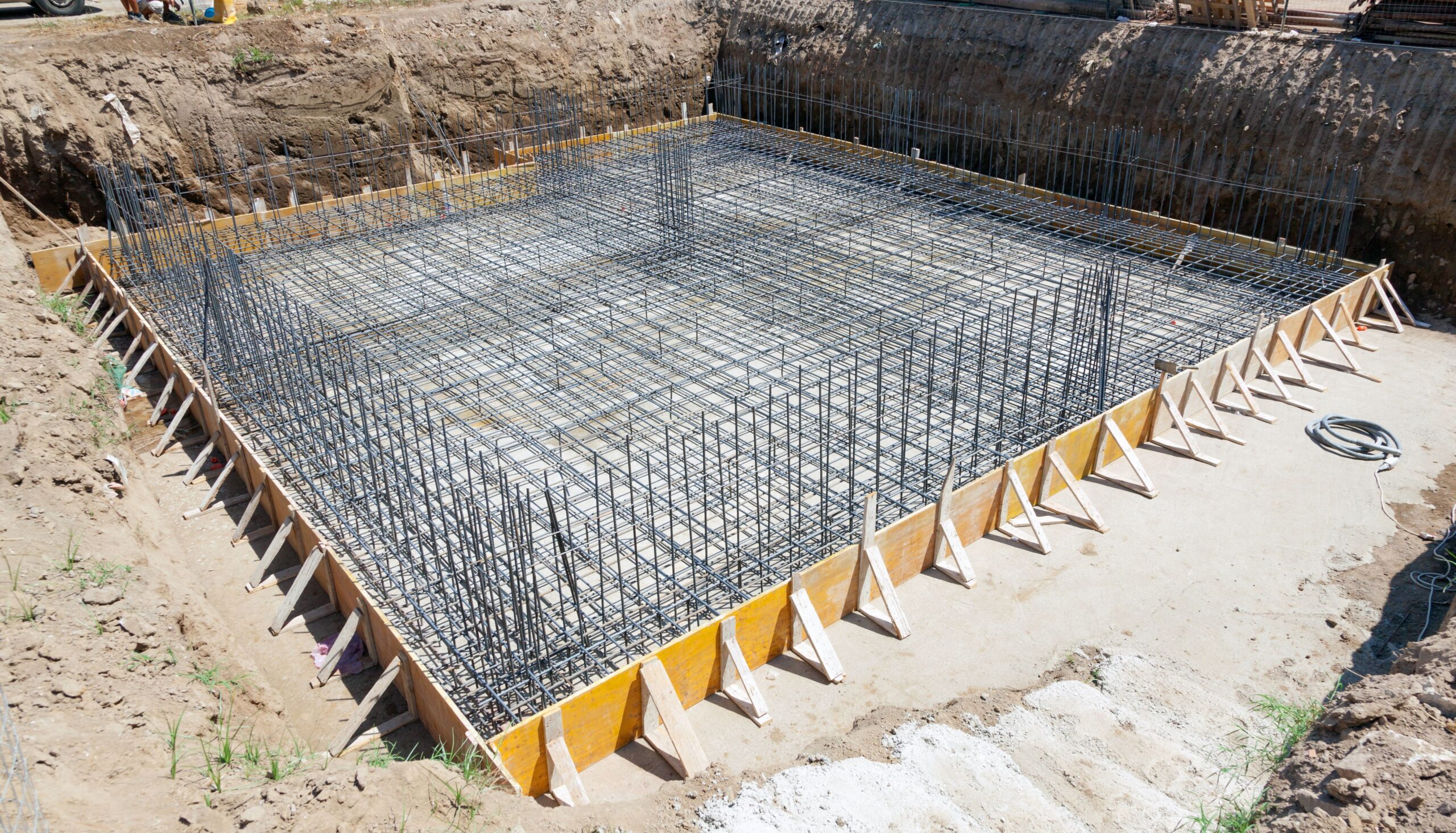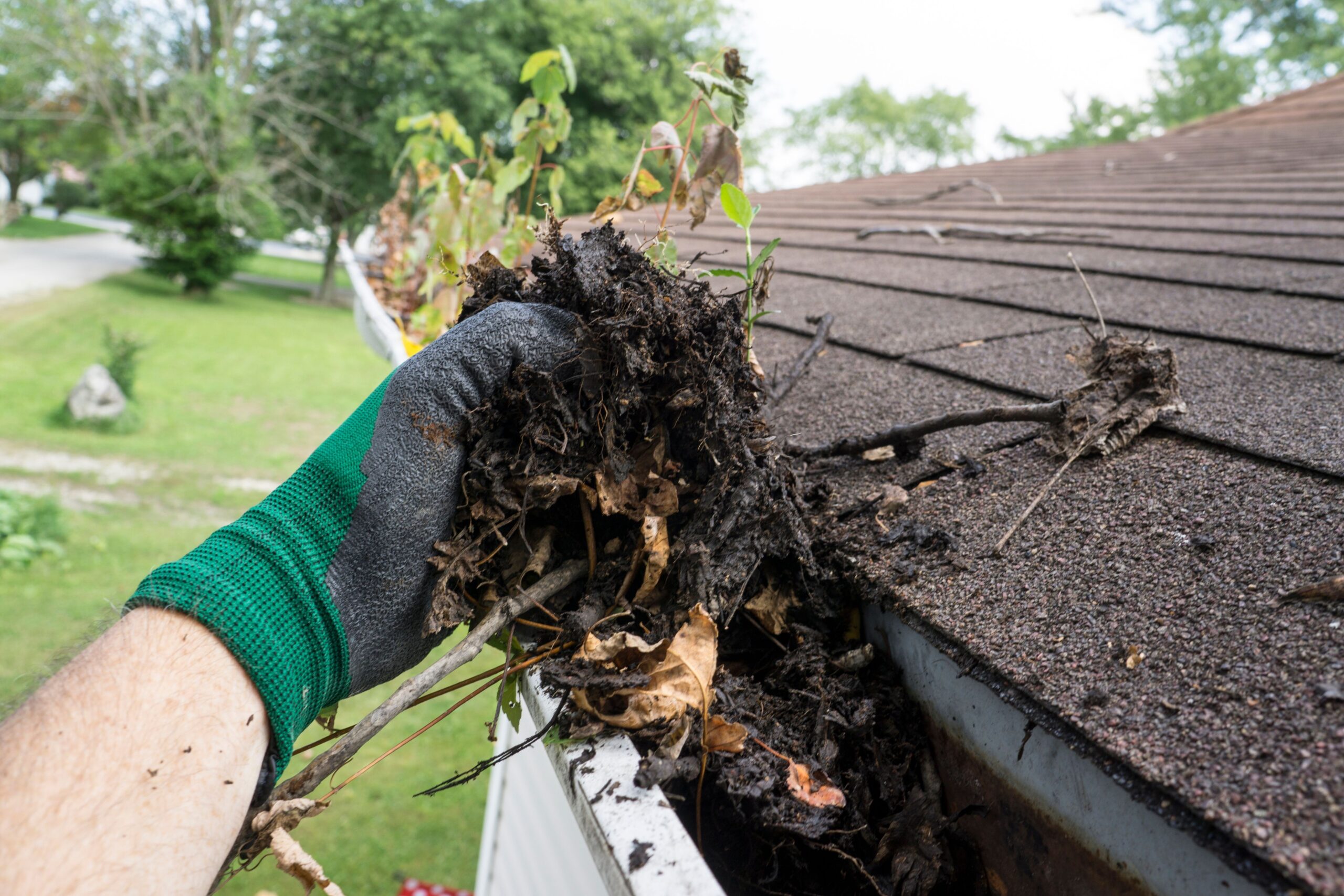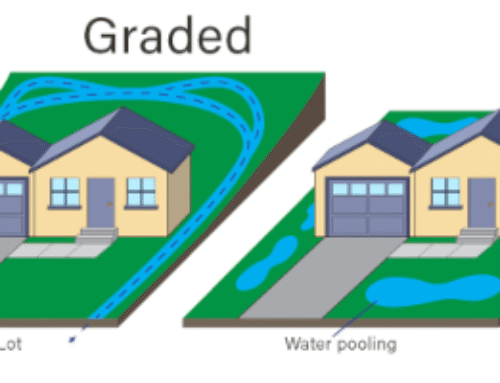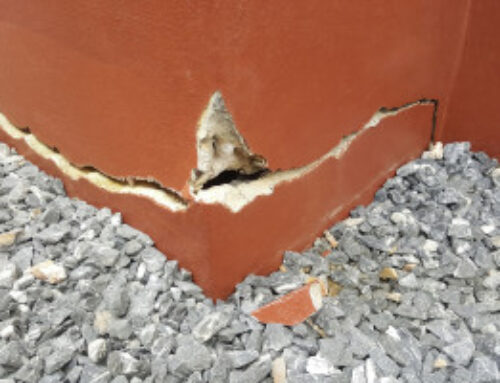Research shows that 1 in 4 homes in the U.S. experience structural issues related to foundation problems. That’s a staggering number of homeowners facing costly repairs—often from damage that could have been prevented.
If you’re one of them, it’s not too late to take action. Foundation problems don’t happen overnight. They build up gradually through shifting soil, water intrusion, and minor cracks until suddenly, you’re staring at a major repair bill.
But the good news is that most of this damage is entirely avoidable with a proactive maintenance plan.
In this guide, we’ll walk you through how to maintain your home’s foundation, starting with why it matters.
Why Your Foundation Needs Protection

The foundation is the anchor that keeps your entire home stable, level, and secure. If it shifts, cracks, or weakens, everything above it is at risk.
Here’s why it’s important to protect your home’s foundation at all times:
1. It Supports Everything Above
Your walls, floors, roof, plumbing, and even electrical systems rely on a solid, stable base. When the foundation weakens, you start to see the signs, such as cracks in the drywall, slanted floors, stuck doors, and plumbing issues.
2. Foundation Repairs are Expensive
Fixing a damaged foundation can cost anywhere from $4,000 to over $25,000, depending on the severity. That’s not including the additional costs of repairing interior damage or restoring landscaping. The earlier you catch the issues, the more you save.
3. Impacts Your Home’s Value
Foundation problems are a red flag for buyers. Even small issues can reduce your home’s resale value, trigger failed inspections, or delay closings. A well-maintained foundation, on the other hand, keeps your home attractive on the market and ensures peace of mind for future owners.
Key Causes of Foundation Damage
Understanding what causes the foundation damage is the first step in protecting your home. Here are the most common culprits behind foundation trouble:
- Poor Drainage: Water is the #1 threat to a building foundation. If rainwater or sprinkler runoff isn’t properly directed away from your home, it can pool around the base and slowly erode the soil or seep into the foundation.
- Expansive or Shifting Soil: Some soils, especially clay-rich ones, expand when wet and shrink when dry. Over time, this push-pull movement puts pressure on the foundation. This causes cracks and uneven settling. In fact, 25% of homes in the U.S. experience problems due to expansive soils.
- Tree Roots: Large trees planted near your home can be a hidden danger. Their roots can grow under the foundation, stealing moisture from the soil or even lifting parts of the foundation over time.
- Plumbing Leaks: A slow leak under the slab or near the foundation might not be visible, but it can wash away supporting soil and weaken the base. As time passes, this leads to sagging floors or cracks in the foundation walls.
- Poor Construction: Sometimes the problem begins before you even move in. Poor soil compaction during construction or the use of subpar materials can leave the foundation unfit to handle long-term stress.
- Natural Disasters and Vibrations: Earthquakes, floods, and frequent heavy traffic nearby can cause soil to shift or settle, stressing your home’s foundation. Even minor tremors and weather changes over time can lead to cracks and instability.
7 Essential Tips to Maintain Your Home’s Foundation
Your home’s foundation is the rock upon which everything else is built. A few smart maintenance habits can prevent thousands of dollars in repairs down the line.
Here are the best ways to maintain a home foundation:
1. Inspect for Cracks and Changes Regularly
Walk around your home’s exterior and interior at least once every season. While doing so, look for cracks in foundation walls, gaps in corners, uneven floors, or doors/windows that stick. You can also use a ruler or tape measure to track crack growth over time.
On average, the cost of foundation repair in the U.S. ranges from $2,500 to $7,000 and often starts with small cracks that go unnoticed for too long.
2. Keep Gutters and Downspouts Clean

Clean gutters at least twice a year, or hire a professional to do the job for you. Also, make sure that the downspout is at least 4 to 6 feet away from the house to keep water from pooling near the foundation.
It matters because clogged gutters are one of the most common causes of water buildup around foundations.
3. Grade Soil Away from the House
Check the slope of the soil around your home. The ground should slope at least 6 inches over the first 10 feet away from the foundation. Add soil where needed and compact it firmly to stay away from your home’s foundation.
Grading keeps rain and irrigation from collecting around your foundation and causing erosion or pressure buildup.
4. Install a Drainage System if Needed
If your yard tends to flood or water lingers after rain, consider installing a French drain, curtain drain, or a sump pump system. These help redirect water away from the foundation and protect it from destruction.
Drainage failures are a leading cause of preventable water damage, which can be easily avoided by investing in a proper drainage system.
5. Water Around Your Foundation in Dry Seasons
During dry weather, your foundation is bound to be affected by the soil underneath. That’s why it’s important to set up a slow-drip hose system to maintain consistent soil moisture around the foundation.
It is especially important during the summer months. Also, avoid flooding the foundation, as it can increase moisture levels to a dangerous level.
6. Keep Large Trees and Shrubs Away
Trees and shrubs growing too close to your home’s foundation are also one of the biggest reasons why foundational problems occur. To maintain the foundation, plant large trees at least 15–20 feet away from it.
Choose smaller, less invasive plants for areas closer to the home. If large trees are already close, consider using root barriers.
7. Address Plumbing Leaks Promptly
Lastly, watch for signs of leaks, such as wet spots in your yard, unexplained water bills, or musty smells indoors. If you’re unsure, have a plumber inspect under-slab plumbing.
The EPA also estimates that household leaks waste nearly 1 trillion gallons of water annually, and when left unchecked, many of those leaks impact foundations.
When to Call a Foundation Specialist
Even with regular maintenance, some foundation issues get worse. If you notice large or widening cracks in walls or floors, doors and windows that won’t close properly, or sloping or uneven flooring, these are signs of deeper structural and foundation problems.
Also, if you’ve addressed a drainage or plumbing issue and still see signs of moisture or movement, it’s time to get professional help from a foundational specialist.
They have the expertise, tools, and experience to assess the damage accurately and recommend the right solution whether it’s leveling, sealing, or structural reinforcement.
FAQs
Protect Your Home Foundation the Right Way
Learning how to maintain your home foundation will help protect your biggest investment and ensure your home stays safe, stable, and secure every season.
Regular inspections, proper drainage, and mindful landscaping are all small efforts that make a big difference.
But even with the best care, some issues require a professional touch. That’s where we come in.
At Crossroads Foundation Repair, we specialize in long-term, permanent solutions for foundation, waterproofing, crawl space, and concrete concerns.
Request your free estimate today, and let one of our experts evaluate your home!





